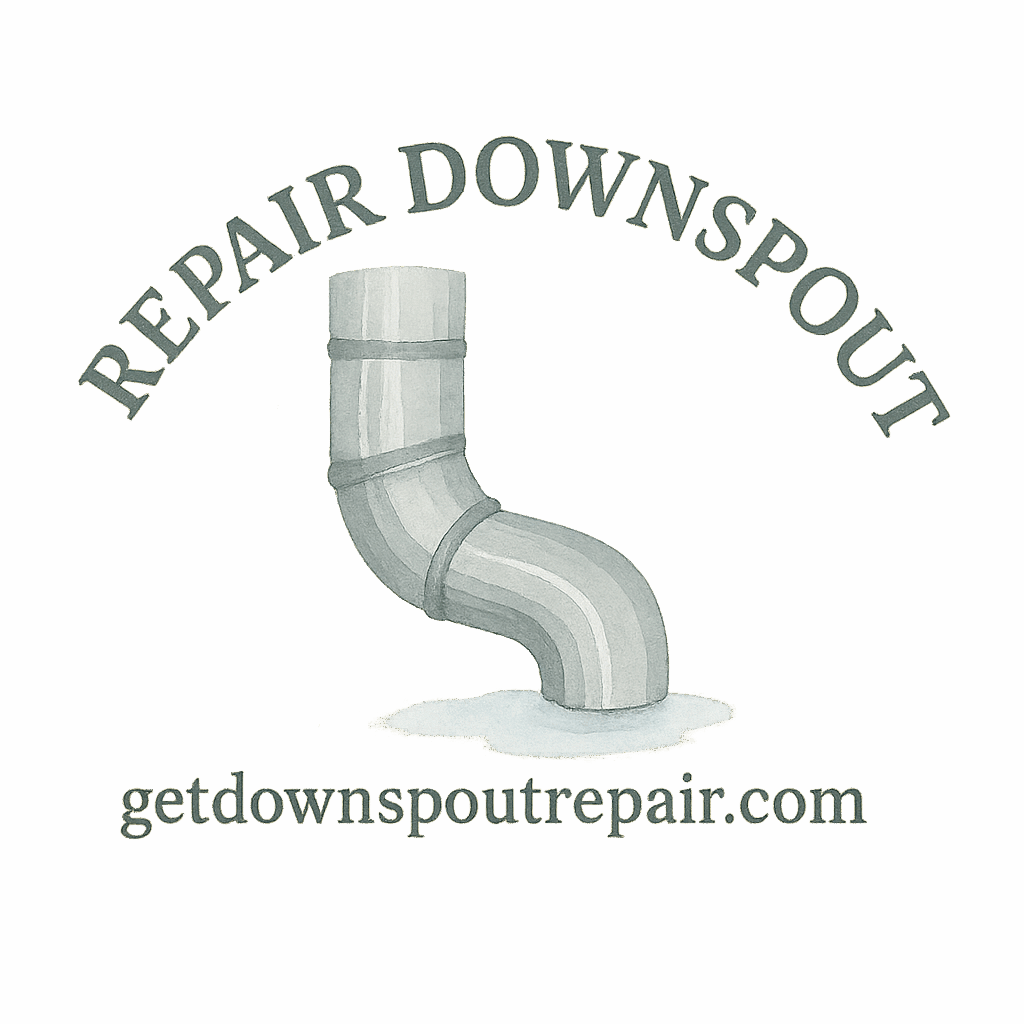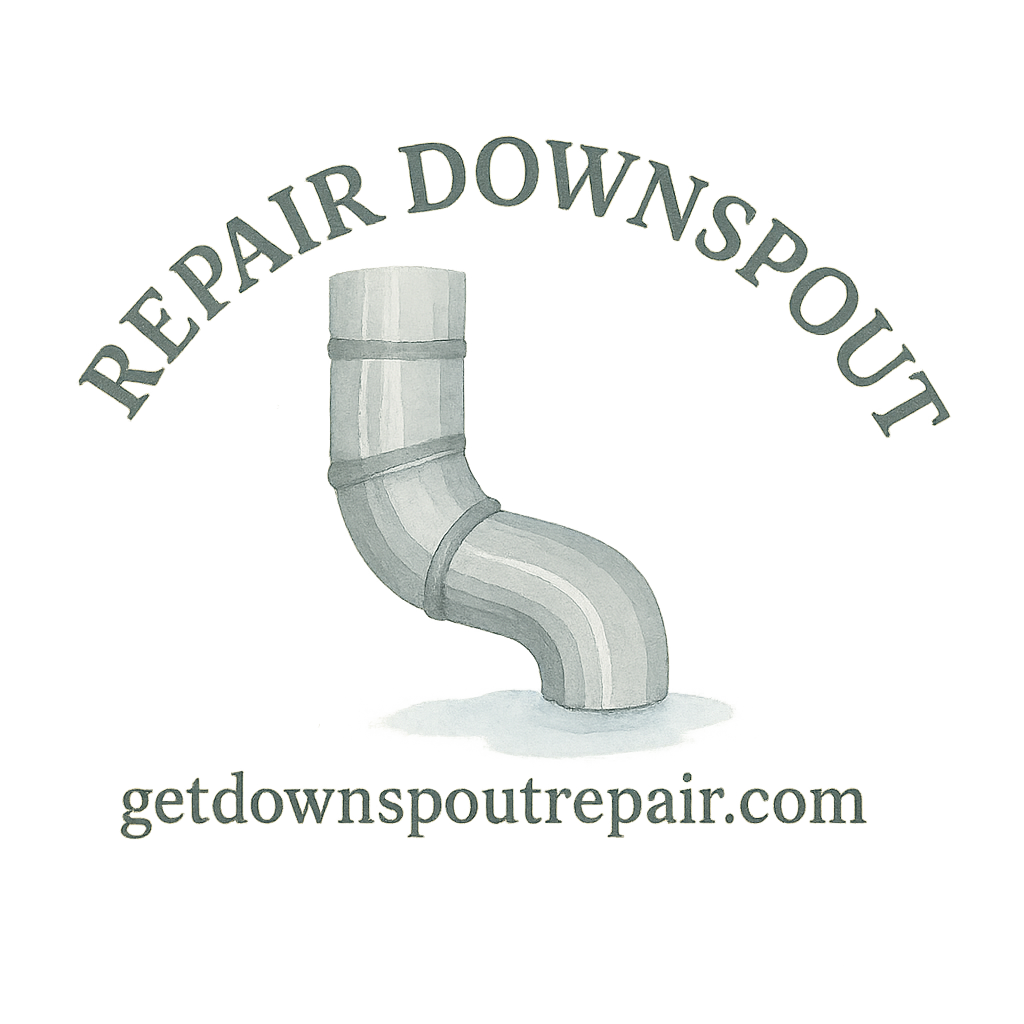Introduction
If you’ve ever noticed water pooling around your home’s foundation or stains running down your exterior walls, chances are your downspout is crying for attention. While tackling downspout repair yourself can save money, beginners often make costly mistakes that lead to bigger problems down the road. The truth is, downspouts aren’t just metal pipes sticking out of your gutters—they’re your home’s first defense against water damage.
In this guide, we’ll walk through the six most common DIY downspout repair mistakes beginners should avoid and how you can sidestep them. Whether you’re picking up tools for the first time or brushing up on gutter care, this article will help you keep your home dry, safe, and damage-free.
Why Downspout Repair Matters
The Role of Downspouts in Protecting Your Home
Think of downspouts as your home’s drainage system. They guide rainwater safely away from your foundation, walls, and landscaping. Without them, water can seep into basements, erode soil, or even cause structural issues. Neglecting repairs, no matter how small, is like ignoring a leaky roof—it’s only a matter of time before it escalates.
Common Downspout Problems Beginners Encounter
From clogs caused by leaves and twigs to leaks at joints, most issues start small but grow fast. Beginners often overlook these warning signs until they’re dealing with water damage. That’s why knowing what to watch out for—and what not to do—makes all the difference.
Mistake #1: Ignoring Proper Safety Measures
Why Safety Gear Matters
It might seem tempting to climb a ladder in flip-flops and “just get it done,” but that’s asking for trouble. Safety should always come first. Gloves protect your hands from sharp edges, goggles shield your eyes from falling debris, and stable footwear keeps you balanced.
Avoiding Ladder-Related Accidents
According to safety reports, ladder accidents send thousands of homeowners to the ER each year. Always position your ladder on flat ground, avoid overreaching, and consider using ladder stabilizers. One slip could turn a simple downspout fix into a hospital visit.
Mistake #2: Using the Wrong Tools for Downspout Repair
Essential DIY Tools Every Beginner Should Have
Repairing a downspout isn’t rocket science, but you’ll need the right gear. A hacksaw, drill, sealant gun, and rivet tool are basic must-haves. Check out this DIY tools guide to make sure your toolbox is complete.
Why Improvised Tools Lead to Poor Fixes
Grabbing whatever is lying around the garage—like kitchen knives or duct tape—might work for a day but won’t last. Using the wrong tools can damage your downspout further and create leaks that keep coming back.
Mistake #3: Overlooking Clogs and Hidden Debris
Signs of a Clogged Downspout
If water spills over the sides of your gutters or you hear gurgling sounds during heavy rain, you probably have a clog. Beginners often mistake this for a simple gutter issue when the real culprit is a blocked downspout.
How Neglecting Clogs Causes Water Damage
Ignoring clogs is like letting cholesterol build up in arteries—eventually, it blocks the flow. Water backing up can damage your gutters, siding, and even your foundation. Learn more about how to prevent clogging before it becomes a disaster.

Mistake #4: Choosing Low-Quality Materials
The Hidden Costs of Cheap Materials
It’s tempting to go for the cheapest option at the hardware store, but thin metal or plastic downspouts often warp, crack, or rust within a year. That “budget-friendly” choice ends up costing you more in repairs.
How to Pick Quality Products That Last
Look for rust-resistant aluminum or galvanized steel. Invest in high-quality sealants and connectors. For more tips, check out this guide on quality products so your repair job lasts longer than one rainy season.
Mistake #5: Incorrectly Sealing Joints and Connections
Why Leaky Joints Ruin Your Efforts
Improperly sealed joints are like leaky faucets—they never stop dripping. Even the smallest gap can redirect water toward your walls or foundation.
Tips for Achieving Long-Lasting Seals
Clean the area before applying sealant, use the right waterproof caulk, and allow it to cure properly. If you’re unsure, follow these repair basics to get it right the first time.
Mistake #6: Ignoring Professional Help When Needed
Knowing When DIY Isn’t Enough
Sometimes the problem goes beyond a quick fix. If your downspout is completely detached, crushed, or affecting your foundation, it’s time to call in reinforcements.
Benefits of Hiring a Licensed Contractor
A licensed contractor can spot hidden problems you might miss and save you from costly mistakes. They also have access to premium tools that most DIYers don’t. When in doubt, professional help is the safer, smarter move.
How to Avoid These DIY Downspout Repair Mistakes
Practical Repair Basics for Beginners
Start small with simple fixes—like clearing clogs or resealing joints—before tackling major replacements. Visit this beginner repair guide for step-by-step instructions.
Budget-Friendly Tips Without Cutting Corners
Repairing downspouts doesn’t have to drain your wallet. Check out these budget tips to keep costs low without sacrificing quality.
Drainage Protection Strategies
Think long-term. Extend your downspouts, install splash blocks, or consider underground drainage systems. Explore more about drainage protection to future-proof your home.
Internal Links and Resources for Better Downspout Repair
Beginner-Friendly Guides
Expert Advice and Tools
Conclusion
DIY downspout repair can save you time and money—but only if you do it right. Avoiding these six common mistakes will keep your repairs effective, long-lasting, and safe. Remember: safety first, quality over shortcuts, and don’t be afraid to call a pro when the job is beyond your skillset.
Taking care of your downspouts today means protecting your home for years to come.
FAQs
What are the most common beginner mistakes in downspout repair?
The top mistakes include ignoring safety, using the wrong tools, neglecting clogs, choosing cheap materials, sealing joints incorrectly, and avoiding professional help when it’s needed.
How do I know if my downspout needs repair or replacement?
Check for leaks, rust, cracks, or water pooling near your foundation. Minor issues can often be repaired, but major damage usually requires replacement.
Can I repair a clogged downspout without removing it?
Yes. You can use a plumber’s snake, garden hose, or leaf blower to dislodge debris. For stubborn clogs, removal may be necessary.
What tools should I buy for a first-time repair project?
A hacksaw, drill, rivet tool, gloves, and waterproof sealant are must-haves. See this repair tools guide for a full list.
Are premium tools worth it for DIY downspout repair?
Yes. Premium tools last longer, work more efficiently, and reduce frustration during the repair process.
How often should I inspect my gutters and downspouts?
At least twice a year—once in spring and again in fall. Inspect after heavy storms too, since debris can quickly clog systems.
When should I call a professional instead of DIY?
If your downspout is severely damaged, detached, or causing foundation issues, it’s best to seek professional help.


